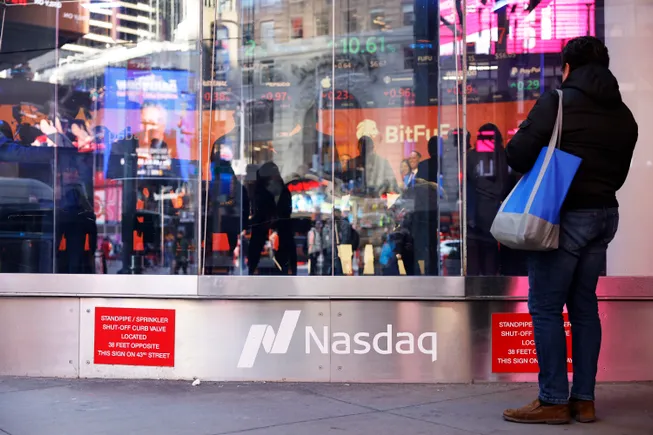CDC endorses new COVID boosters as focus turns to rollout


Advisers to the Centers for Disease Control and Prevention gave a green light to the new COVID-19 boosters that were approved earlier this week, recommending individuals as young as 6 months of age receive the updated shot.
The committee on Tuesday voted 13-1 to endorse the vaccines from drugmakers Moderna and partners Pfizer and BioNTech. Hours later, CDC director Mandy Cohen signed off on their recommendation, clearing the way for the shots to become available to the public within the next day or two.
“We have more tools than ever to prevent the worst outcomes from COVID-19,” Cohen said in a statement.
The new shots are “monovalent,” meaning they are targeted to one specific strain, rather than the two-pronged boosters rolled out last fall. On the recommendation of the FDA and its advisers, Pfizer and Moderna redesigned their vaccines to match the omicron subtype known as XBB.1.5, which was dominant over the summer.
In clinical and laboratory studies, the updated shots were also able to produce immune responses against other strains that are now circulating in the U.S. At the CDC meeting, advisers were convinced by data indicating the shots should provide similar protection against serious disease and hospitalization from COVID.
“I think that it’s clear that vaccination is going to prevent serious illness and death across all age groups,” said Beth Bell, a clinical professor of global health at the University of Washington, at the meeting. “It is a vaccine-preventable disease. And so, for that reason, I favor the universal recommendation.”
Still, there was some debate among committee members about whether to tailor their recommendation to focus on groups most at risk from COVID complications.
Pablo Sanchez, a professor of pediatrics at Ohio State University, was the sole vote against a “universal” recommendation, citing a lack of data on children and infants as well as potential side effects. He preferred a narrower recommendation aimed at older adults and people with underlying medical conditions.
But others argued such a recommendation could exacerbate health disparities that have persisted throughout the pandemic. Members were all in agreement that vaccination was most important for those at highest risk, though.
Unlike previously, the federal government is not buying supplies of the new vaccines in bulk. Instead, they will be purchased and paid for by insurers and pharmacies. Moderna will charge $129 per dose, while Pfizer will charge $120 — higher per-dose figures than what the U.S. government previously paid.
Most insurers and Medicare will cover the cost of the shots, while a “Bridge Access Program” launched by the Biden Administration will help adults who are uninsured. Children covered by the Vaccines for Children program will be able to receive a vaccine at no cost at participating providers.
Pfizer and Moderna, which have earned tens of billions of dollars from sales of their vaccines, have partnered with health providers and retailers to ensure quick access. Even so, vaccine supply could look different depending on location.
A third booster, from Novavax, is remains under Food and Drug Administration review. The biotechnology company said it will price the shot at $130 per dose, and make it available pending the FDA’s decision.
This fall will now feature the roll outs of three different respiratory disease vaccines, including the two new shots for respiratory syncytial virus, or RSV.
“This is the first respiratory virus season where we have vaccines against the biggest respiratory virus threats, including an updated COVID-19 vaccine, an annual flu vaccine, RSV vaccines for older adults,” said Sandra Adamson Fryhofer, a past board chair of the American Medical Association, in a statement.
This post has been syndicated from a third-party source. View the original article here.




